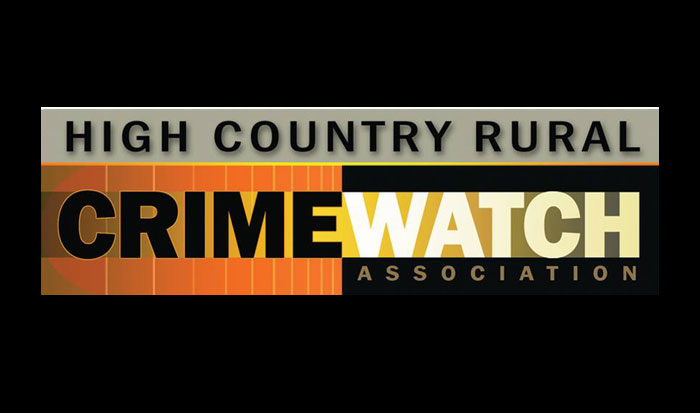Debit & Credit Card Safety
When we think of rural crime, we usually think of events like break ins and thefts, but increasingly rural residents have been victims of financial crimes that can happen to either urban or rural citizens.
The following tips for using credit and debit cards have been garnered from banks, credit unions, the CRA, and internet searches including YouTube videos. A PIN is your Personal Identification Number. First, I’ll offer some general tips on the use of credit and debit cards that I came across in my research.
It is recommended to use a credit card over a debit card. With a debit card transaction, the money immediately comes out of your account and is almost always irretrievable. With a credit card you may be able to recover some or all of a fraudulent transaction.
There are three ways to pay with a card: insert, tap, and swipe. Insert and tap are more secure than swipe. The swipe method utilizes the magnetic strip on your card which more easily exposes your information to any card reader. It is easier to “skim” the information from the card than the other two methods.
Insert and tap use an EMV chip imbedded in the card and were rolled out around 2015 by Europay, Mastercard and Visa – hence EMV. It was meant to cut down on credit card fraud and it has indeed done so. The EMV chip has more complex encryption than a magnetic swipe strip.
It takes longer to utilize the insertion method because you have to input your PIN number, but it’s safer than the tap method. I asked a CIBC employee if I could put a limit on a tap transaction amount, and the answer was no. Individual merchants are the ones who set tap transaction limits.
It is wise to have a good look at the ATM or card transaction unit before using it. Thieves have been known to place a fake cover over both the insertion point and the keypad. It looks authentic, but they’ll leave it on for a while and then come back and retrieve it with both people’s card numbers and their PINs. A special caution: if the transaction unit won’t give your card back, contact your bank immediately and cancel the card.
Prime spots for fake covers are gas stations with pay at the pump. The gas station owner will likely never know his pumps are being used for collecting this information. Most ATMs at a bank are fairly safe partly because of the many cameras in and around the bank, but independent ATMs could be suspect. Basically, any unattended or independent unit where cards are used. I’ve seen a video of a fake ATM unit set up on a street.
You should protect your cards with a RFID (Radio Frequency Identification) wallet or sleeve. These prevent transmission of your card information through the air. I watched a video of a security expert showing a reporter how, with a portable skimmer, he could walk by and obtain their card information onto his skimmer. He then went to a coffee counter and brought back a coffee paid for by the reporter. I personally use a couple of sleeves which are just big enough to hold a couple of cards. You can obtain them at various outlets. I obtained mine from Marks Work Warehouse and AMA.
There are various ways to protect your PIN. A PIN number can be from 4 to 12 digits. The more digits used the harder the PIN is to ascertain by a thief. Do not use obvious choices like your phone number, birth date, address, etc. If a thief finds such information from other identification in your purse or wallet, they will be the first PIN combinations he will attempt.
When you input your PIN, you should completely cover the hand that is entering the PIN number. Thieves have become fairly good at using your finger movements to decipher your PIN. This could be at an ATM or in a store. Yeah, you’ll look like a paranoid nerd, but you’ll retain your cash, and card information. I always felt self-conscious doing this, but after researching this topic, I’ve decided to forego my dignity during PIN inputs.
One final thing: Don’t write your PIN number on your card! People do.
Dave Schroeder – HCRCWA Board Member


























